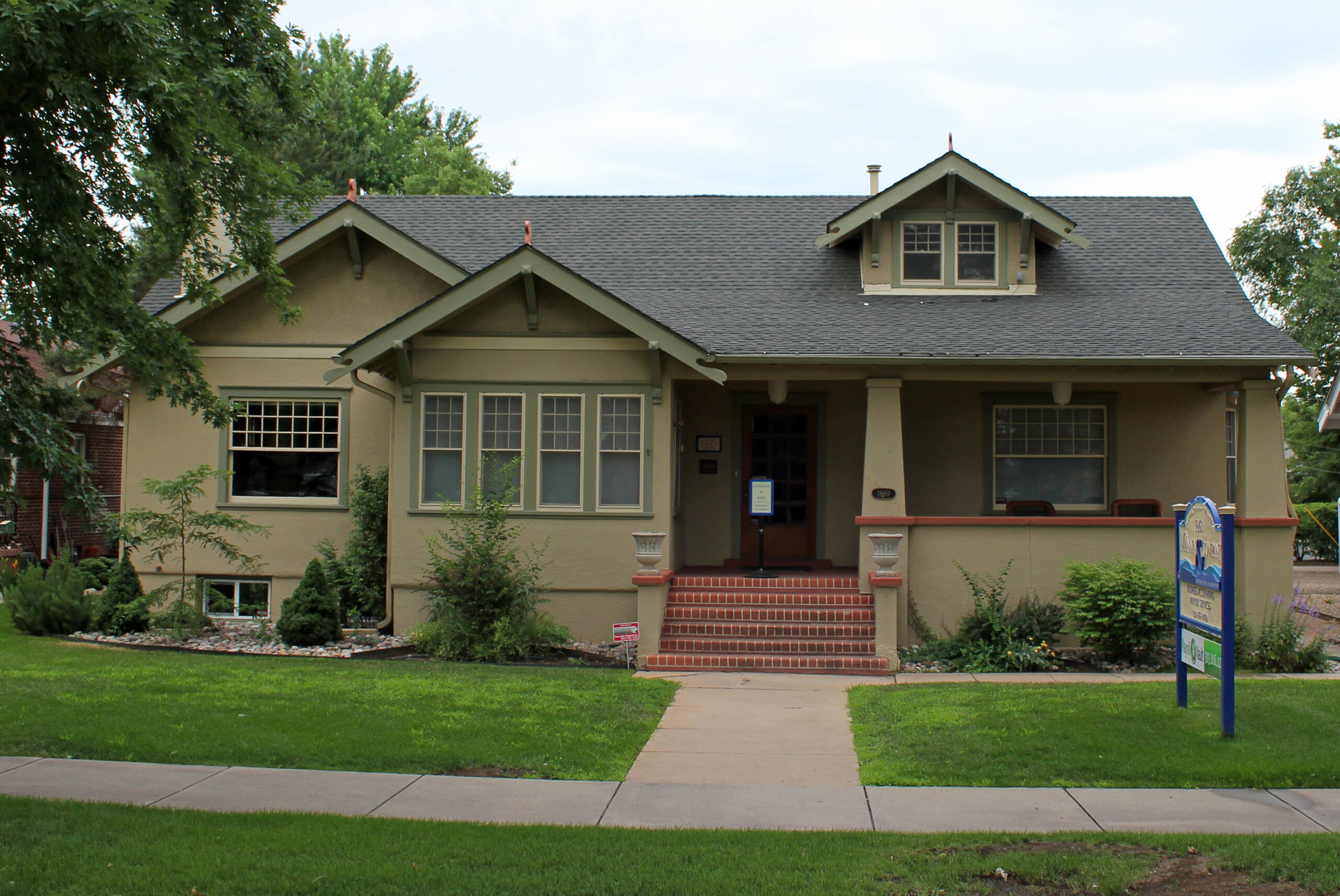The emergence of a House of Worship in Cambodia stands as a beacon of unity and enlightenment, embodying the fundamental Bahá’í teachings that transcend geographical and cultural boundaries. In an age rife with division and discord, the Bahá’í Faith emerges as a harbinger of harmony, promoting the principles of oneness of humanity, the elimination of prejudice, and the pursuit of spiritual realization.
At the heart of Bahá’í teachings lies the notion that the divine is manifest in all religions, creating a rich tapestry of beliefs that collectively seek to guide humanity towards peace and reconciliation. This House of Worship, one of the latest architectural embodiments of Bahá’í principles, serves not merely as a sacred space for prayer and reflection but as a symbol of inclusivity, inviting individuals from all walks of life to explore the deeper questions of existence.
The architectural design of a Bahá’í House of Worship is compelling, often incorporating elements that resonate with local cultural aesthetics while adhering to the transformative ideas of the Bahá’í Faith. In the case of the Cambodian temple, the design reflects the harmonious symbiosis of tradition and modernity, a striking metaphor for the journey of the Cambodian people themselves. Just as the temple intertwines local craftsmanship with universal motifs, so too does it invite Cambodians to embrace their rich cultural heritage while reaching towards a broader, more inclusive future.
Within the walls of this sanctuary, the teachings of Bahá’u’lláh, the founder of the Bahá’í Faith, find new expression. Central to his teachings is the idea of “the oneness of mankind”—a profound recognition that despite the myriad distinctions that separate us, we are ultimately interconnected. This notion finds resonance in the very purpose of the House of Worship: to be a space where individuals may gather, share their stories, and cultivate a collective understanding that transcends individual identities.
Every House of Worship is designed with nine sides, a poignant number within the faith symbolizing completeness and unity. This architectural feature serves not only as a physical representation of the Bahá’í ideal of inclusivity but also reflects the cosmic reality that in the realm of the spiritual, divisions dissolve. The nine-sided structure invites participants to converge, irrespective of their background, under one roof, echoing the Bahá’í principle that “the earth is but one country, and mankind its citizens.”
The construction of this House of Worship in Cambodia also marks a pivotal moment in the history of the Bahá’í community within Southeast Asia. Despite the tumultuous past that the nation has endured, including the harrowing experiences during the Khmer Rouge regime, the establishment of this sacred site symbolizes resilience and renewal. Just as seeds buried deep in the earth emerge into flourishing trees, rejuvenating the landscape, so too do the teachings of Bahá’u’lláh foster growth and understanding in hearts and minds healing from past traumas.
The House of Worship serves as a custodian of culture and an epicenter for education and social service. Its existence is a silent yet powerful statement that spirituality and community service are intertwined. Within its walls, one finds not only the silence of reverent prayer but also the vibrant discussions on pressing social issues—education for all, the empowerment of women, and the elimination of racial prejudices. Each dialogue fosters a spirit of cooperation, illustrating a unique amalgamation of spiritual development and communal progress, a duality that is paramount in the holistic vision of the Bahá’í Faith.
Visitors to the House of Worship are welcomed with open arms, reinforcing the Bahá’í commitment to hospitality and service. Multilingual teachings are accessible, and educational programs cater to diverse age groups, nurturing a sense of community growth. The doors of the temple are perpetually open, inviting not just adherents but all who seek answers or solace in a tumultuous world. Such openness reflects the Bahá’í cultivation of humility and the belief that true understanding can flourish only through the sharing of perspectives and experiences.
The House of Worship in Cambodia has garnered interest not only from those within the Bahá’í community but also from scholars, artists, and spiritual seekers across the globe. It becomes a locus of attraction, where the ethereal beauty of its architecture arouses aesthetic appreciation, while its underlying purpose awakens intellectual curiosity. This dual appeal enhances the cultural landscape of Cambodia, offering a fresh perspective and nurturing a dialogue about faith, spirituality, and community.
Furthermore, the House of Worship stands resilient in the face of contemporary challenges posed by globalization and materialism. It champions the idea that spiritual well-being must be the foundation of a flourishing society. Through various initiatives, the temple encourages sustainable practices and a consciousness towards ecological stewardship, affirming that mankind’s relationship with the environment is intrinsically linked to its spiritual ethos.
In conclusion, the House of Worship in Cambodia illustrates the transformative potential of Bahá’í teachings, presenting a unique metaphor of growth and interconnectedness in a time marked by division. It invites individuals not only to partake in its tranquility but also to actively engage in the discourse of unity and service, ultimately reflecting a vision of a world wherein diversity is cherished and all are embraced. As this magnificent edifice rises within the Cambodian landscape, it stands as a testament to the indelible spirit of humanity’s quest for peace, understanding, and the realization of an interconnected global community.
